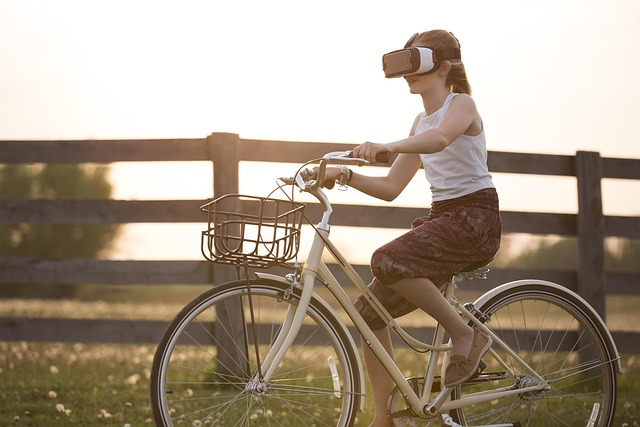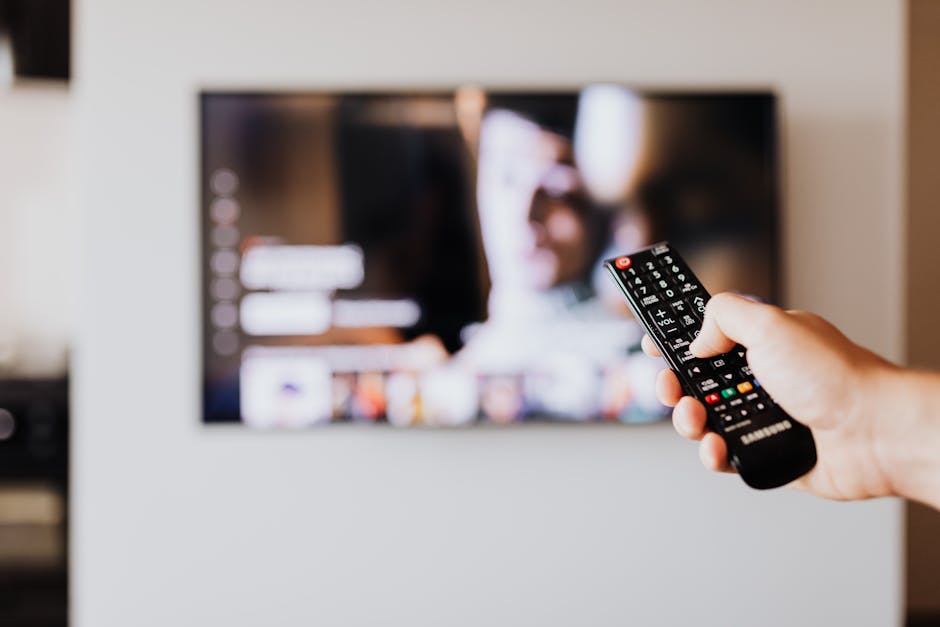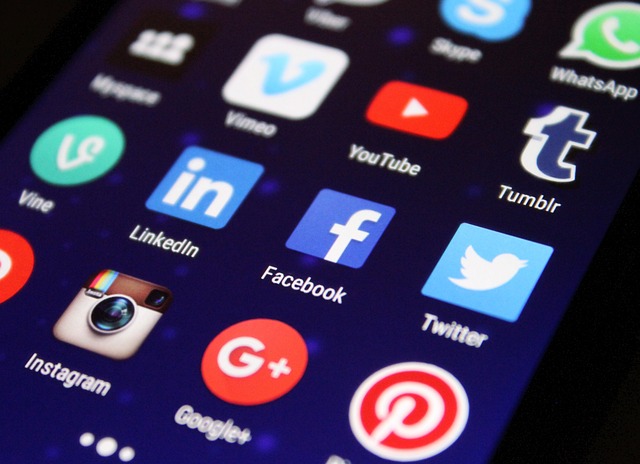What’s Driving the Podcast Boom
Podcasting fits into people’s lives in a way few other formats can. Whether it’s during commutes, workouts, dishwashing or winding down at night, listeners are craving distraction-free content that moves with them. Audio doesn’t demand full attention—it just fits. That demand for on-the-go media has skyrocketed, and podcasts are leading the charge.
On the creator side, the entry gate is wide open. All it takes is a microphone, a free editing app, and something to say. Compare that to the cost and time investment of video production, and it’s easy to see why everyone from indie creators to CEOs is jumping in.
But what really gives podcasting its edge? Flexibility. You want to sit alone and monologue about movies for 10 minutes? Go for it. Prefer hosting two-hour deep dives with out-there guests? That works too. The format bends to the creator’s voice, not the other way around.
With attention spans more frayed than ever, podcasts let people opt out of the algorithmic frenzy for something slower and more intentional. Listeners are trading endless scroll for substance they can carry with them. That might be the quiet power fueling this audio surge.
Why Podcasts Are Winning in the Attention Economy
Audio Multitasking: Maximizing Time and Focus
Podcasts offer something no other content format can quite match—true multitasking power. Listeners stream episodes while driving, cooking, working out, or even doing chores. This ability to engage without needing to watch makes podcasts the go-to choice for people trying to stay informed, entertained, or inspired without sacrificing productivity.
- No screens required: ideal for on-the-go consumption
- Flexible listening during routines, errands, or downtime
- Perfect companion content for busy lives
Deeper Engagement, Not Just Scrolls
Unlike the rapid pace of social feeds, podcasts foster extended attention. Listeners often tune in for 20, 40, or even 60 minutes at a time—far longer than a typical video or social post. This level of focus allows for richer storytelling, more nuanced conversation, and emotional connection.
- Longer session times = more listener investment
- Stronger retention of ideas, voices, and messages
- Higher information absorption compared to video snippets
Community-Building Through Consistency
Podcasts create loyal audiences over time. The weekly cadence, familiar host voices, and repeated themes build trust and camaraderie. Many podcasts grow from followers to full-on communities—complete with social platforms, fan groups, merch, and meetups.
- Regular release schedules foster listener habits
- Inside jokes, reference points, and ongoing stories promote loyalty
- Opportunities for creators to connect deeper than just content
Trust: The Host-Listener Relationship
There’s something uniquely intimate about audio-based storytelling. Hearing a host’s voice directly in your ears creates a one-on-one connection that builds familiarity and trust. Listeners begin to feel like they know the host personally—which is why sponsored messages performed by podcast hosts often convert far better than traditional ads.
- High trust = strong audience influence
- Host-read ads are seen as authentic, not interruptive
- Podcast audiences are more likely to support sponsors they hear from familiar voices
In today’s crowded digital landscape, podcasts aren’t just surviving—they’re thriving by building real relationships and delivering value through voice.
Monetization Momentum
Podcast revenue in 2024 isn’t just growing—it’s evolving. Advertisers are getting smarter, and so are creators. Instead of jarring pre-roll ads that break immersion, we’re seeing sponsorships crafted with care: niche products aligned with the audience’s actual interests. A travel podcast repping ultralight backpacks? That’s not noise; that’s relevance. These integrated promotions are less intrusive, more effective, and more sustainable.
Subscription models are also gaining real traction. Platforms like Apple Podcasts and Patreon give creators a direct line to their superfans. Whether it’s early releases, exclusive bonus content, or no-ad episodes, these paid options are helping podcasters hedge against algorithm swings and build more stable monthly income.
The ad tech behind podcasting is maturing fast, too. Dynamic ad insertion is now smarter, adapting to listener location, device, and past behavior. It’s not perfect, but it’s catching up to video’s targeting game—just less creepy.
Take indie podcasters like Jazmine from “History on Wheels” or Owen from “Quiet Investor.” Neither has monster downloads, but both earn full-time income. Why? Highly targeted content, loyal listeners, smart monetization layers. It’s not about going viral—it’s about going deep.
In short, the money’s moving—but only for those who treat their podcast like a business, not just a hobby.
New Players, New Formats
The podcast landscape in 2024 looks a lot less like a grassroots movement and a lot more like a media battlefield—with big players showing up armed and ready. Spotify continues to double down on exclusives. Amazon has woven Audible deeper into its content ecosystem. NPR, ever the audio veteran, is pushing out highly produced narrative series that blur the line between podcast and documentary.
These aren’t just uploads with good mics—they’re tightly scripted, sonically layered, and often interactive. Think choose-your-own-audio-adventure or tap-to-vote storylines. The bar has been raised, but that doesn’t mean indies are locked out.
At the same time, more companies are launching branded podcasts to tell their own stories, rather than buying ad slots on someone else’s feed. This creates both competition and opportunity. Independent creators now have to be sharper: niche angles, unique voices, and community-first approaches are what cut through.
Smart indies are doing a few things right. They’re collaborating with each other, guest-starring to swap audiences. They’re using social media not as promotion, but as supplementary content threads. And most importantly, they’re staying consistent—with format, with voice, with output.
Big media may have budgets, but trust and authenticity still favor those who’ve been here, doing the work. The audience knows the difference.
Podcasting and Tech Convergence
Podcasting in 2024 is less about isolation, more about integration. Creators aren’t just uploading episodes and hoping for clicks—they’re building ecosystems around their content. Newsletters push out episode links alongside behind-the-scenes extras. Clips from episodes show up on TikTok, YouTube Shorts, and Instagram, widening reach. Some are even pairing audio drops with live video commentary or AMAs, reinforcing their presence across formats.
Discoverability is also getting smarter. AI is shaping what listeners discover next—not just based on genre, but mood, voice tone, and listening habits. This means your podcast can land in someone’s feed not because they searched for you, but because the algorithm thinks your vibe matches theirs. Creators who know how to label and structure their content clearly are seeing better placement across platforms.
Then there’s device integration. Podcasts have moved beyond phones and into smart homes, car dashboards, and wearables. Listeners can start a show in their kitchen and finish it on the commute without skipping a beat. Creators who format with this fluid experience in mind—clean transitions, clear intros, shorter segments—gain a real edge.
For a look at how immersive tech is influencing all of this, check out How Augmented Reality Is Revolutionizing Media Engagement.
Challenges Creators Are Facing
Podcasting may feel like the great equalizer—anyone with a mic can start. But by 2024, the space isn’t just loud; it’s deafening. With millions of creators uploading consistently, standing out requires more than passion. You need purpose and precision. Sharp branding, a unique voice, and clean execution separate compelling shows from forgettable noise.
Then there’s the grind. Consistency is the fuel algorithms and audiences crave. But pushing out episodes week after week? That’s a marathon—physically, creatively, emotionally. Even top-tier podcasters aren’t immune to burnout. Without systems in place—batching, outsourcing, or chilling your release calendar—you burn out fast.
On the technical side, recording and editing gear remain a sticking point. Yes, it’s cheaper than a film studio, but quality still matters. Many creators wrestle with bad acoustics, unclear audio, and glitchy edits that distract more than they deliver. And when it comes to backend analytics? Still playing catch-up. Insight tools for podcasts lag miles behind YouTube or TikTok, making it harder to refine content or secure sponsors with crisp data.
For creators, the message is clear: surviving in podcasting is just the beginning. Thriving takes strategy, stamina, and the right tech stack.
Where It’s All Headed
Lines are blurring fast. The wall between video-first platforms like YouTube and audio-native formats is crumbling. YouTubers are launching podcast-style content to tap into longer attention spans. Podcasters are dropping video versions to expand reach. And livestream audio—think Twitter Spaces, Clubhouse, or YouTube Live Audio—is merging immediacy with intimacy. It’s no longer about picking a lane. It’s about being everywhere your audience listens or watches—or both.
Next-gen formats are already in motion. Spatial audio is adding realism. Real-time audience feedback is tightening the loop between creator and listener. AI co-hosts? They’re experimental now, but gaining traction. For creators, the golden rule stays the same: be engaging, be authentic, and stay present.
The truth is, audio storytelling was never dead. It was just waiting for the tech to catch up and the audience to rediscover it. With multitasking culture in full swing, earbuds in nearly every pocket, and smarter platforms pushing discovery, podcasting isn’t just having a moment. It’s leading a movement.
This isn’t another fleeting trend—podcasting is carving out a lasting identity in digital media. Lean in, or get left behind.
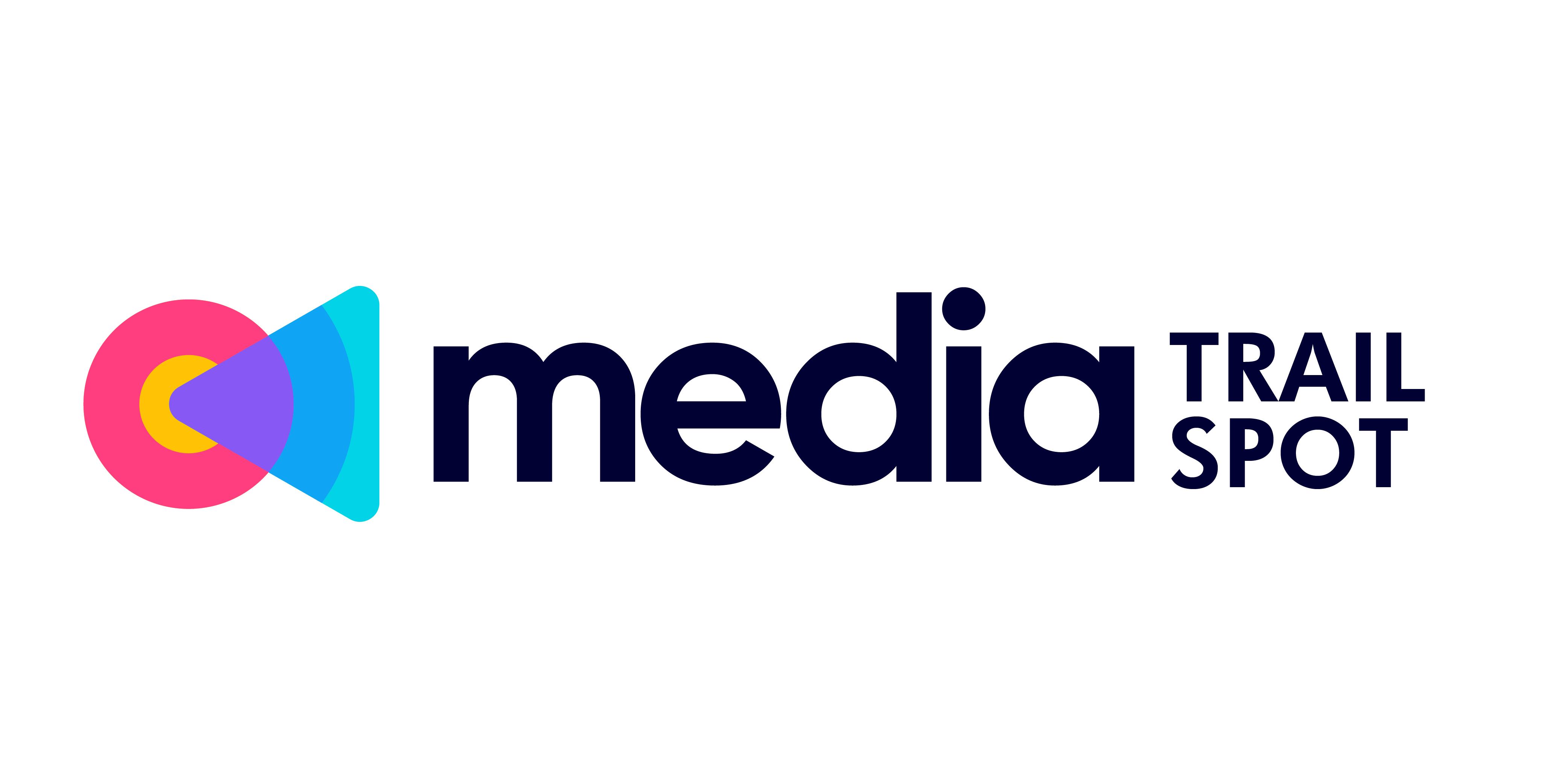
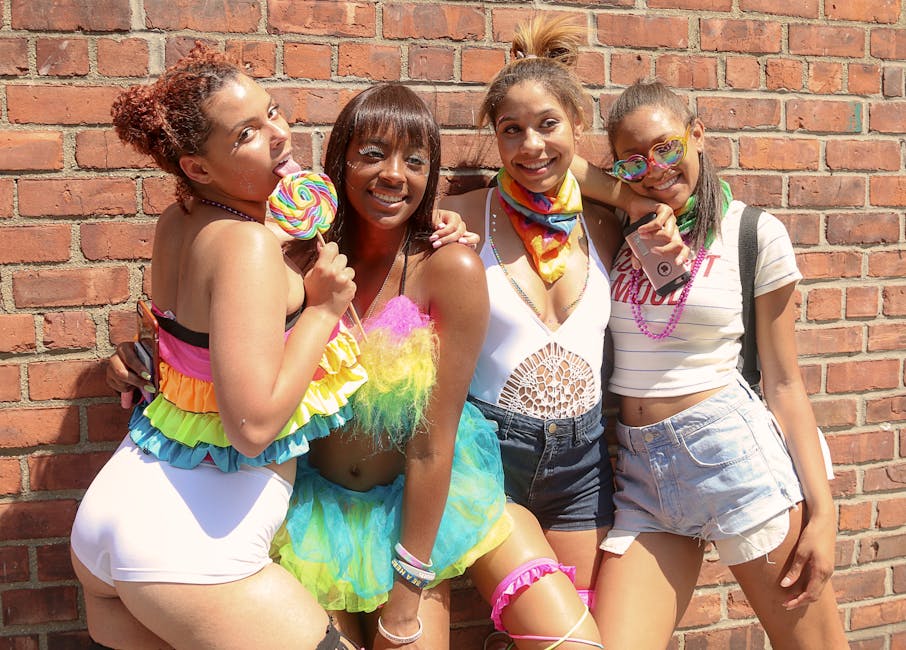
 Syvanna Kelricsona, co-founder of mediatrailspot blends her expertise in design, user experience, and emerging technology to deliver impactful content. She is passionate about showing how innovation in web and mobile platforms shapes the future of communication and creativity.
Syvanna Kelricsona, co-founder of mediatrailspot blends her expertise in design, user experience, and emerging technology to deliver impactful content. She is passionate about showing how innovation in web and mobile platforms shapes the future of communication and creativity.